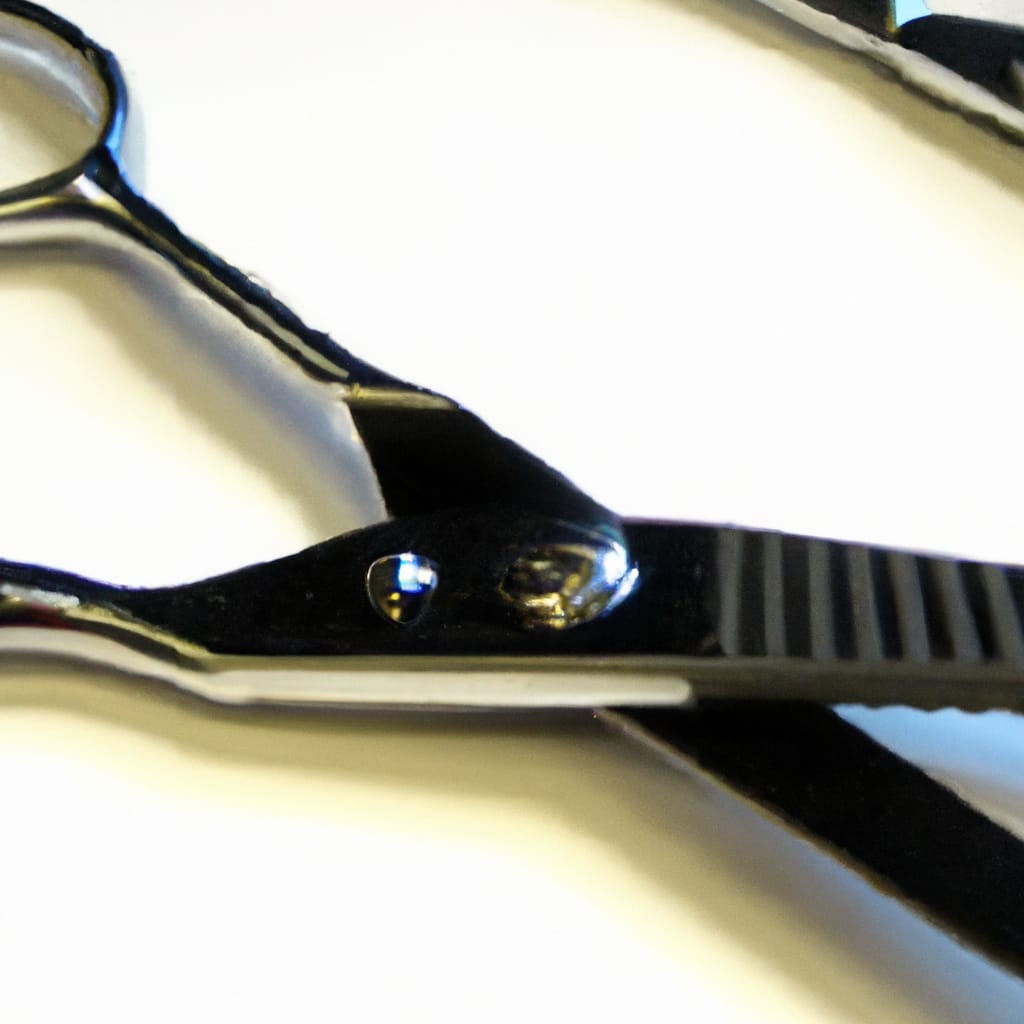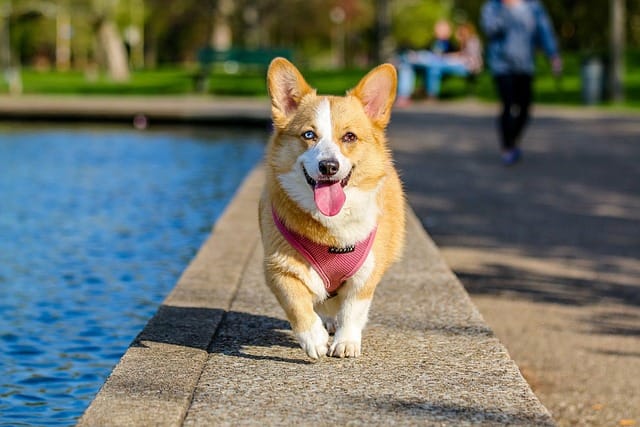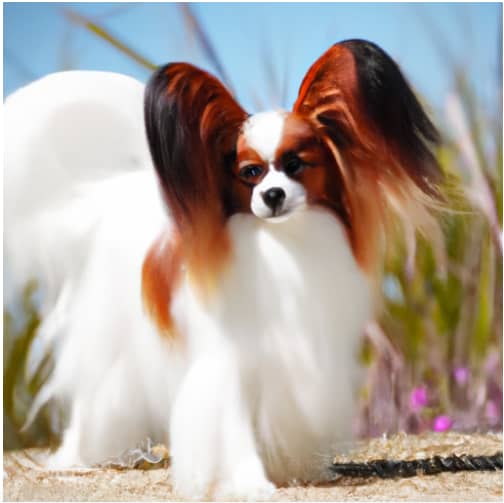Vizsla Shedding: Why Do Vizsla Shed?
Do Vizsla Shed? You love your Vizsla dog to bits, but one thing that always leaves you scratching your head is their shedding. That beautiful reddish coat seems to be everywhere, no matter how much you brush or vacuum. If you’ve ever wondered why Vizslas shed so much, we’ve got the answers for you. In this article, we’ll explore the reasons behind Vizsla shedding, from their unique coat type to their overall health. So, get ready to uncover the furry secrets of your beloved four-legged friend!
Understand the Vizsla Breed
Appearance and characteristics of Vizslas
Vizslas are medium-sized dogs with a distinctive and elegant appearance. They have a sleek and muscular body, making them incredibly athletic. Vizslas are known for their short, shiny coat that comes in various shades of golden rust. Their eyes are expressive and kind, usually in shades of amber or light brown. When it comes to their size, male Vizslas typically stand between 22 to 24 inches tall at the shoulder, while females are slightly smaller, ranging from 21 to 23 inches. Despite their slender build, they have great endurance and power.
Origin and history of Vizslas
The Vizsla breed is believed to have originated in Hungary centuries ago. They were initially bred to be versatile hunting dogs, to accompany hunters in various terrains and climates. Vizslas were highly valued for their keen senses, excellent tracking skills, and ability to retrieve game both on land and in water. Over time, they gained popularity not only as hunting companions but also as loyal and loving family pets. Today, Vizslas continue to showcase their exceptional athleticism and intelligence in various dog sports and activities.
Temperament and behavior of Vizslas
One of the most remarkable aspects of the Vizsla breed is their temperament. They are known for their friendly and gentle nature, making them great companions for families and individuals alike. Vizslas are incredibly affectionate and thrive on human companionship. They are incredibly loyal and form strong bonds with their owners. Due to their history as hunting dogs, Vizslas have an innate desire to please, which makes them highly trainable. They are intelligent, eager to learn, and respond well to positive reinforcement training methods. Vizslas also exhibit a natural level of curiosity, so mental stimulation is essential to keep them happy and entertained.
Understanding Shedding in Dogs
The purpose of shedding in dogs
Shedding is a natural process that allows dogs to replace their old or damaged hair with new, healthier fur. It helps regulate their body temperature and provides protection against the elements. Shedding is influenced by seasonal changes, hormonal fluctuations, and breed characteristics.
Different types of dog coats
Dogs can have different types of coats, which can impact the amount of shedding they experience. The three main types of dog coats are single coats, double coats, and hairless coats. Single coats consist of one layer of fur, while double coats have two layers – a dense undercoat and a protective topcoat. Hairless dogs, as the name suggests, have little to no fur.
Factors that influence shedding
Several factors can influence the shedding patterns of dogs. These include breed, age, health, and environmental factors. Some breeds inherently shed more than others due to their coat type or genetic predisposition. Age also plays a role, as puppies and seniors may shed differently than adult dogs. Additionally, a dog’s overall health and the environment they live in can impact shedding frequency and volume.
Vizsla Coat Characteristics
Overview of Vizsla coat
The Vizsla breed has a short and dense coat that lies close to their body. This coat provides them with protection from harsh weather conditions while allowing them to navigate through various terrains with ease. The Vizsla’s coat is inherently low maintenance and requires minimal grooming compared to breeds with longer or more profuse fur.
Single coat vs. double coat in Vizslas
Unlike some other breeds, Vizslas have a single coat, which means they lack the dense undercoat found in double-coated breeds. While this makes them more suitable for individuals with allergies or those who prefer a dog with lower shedding, it also means that they may be more sensitive to extreme temperatures. Vizslas should be kept warm in cold weather and protected from excessive heat.
The role of coat color in shedding
Coat color can affect how apparent shedding is in Vizslas. Light-colored Vizslas may appear to shed more visibly as their fur contrasts with furniture and clothing. However, shedding patterns remain consistent regardless of coat color, and regular grooming can help manage and minimize shedding.
Reasons Why Vizslas Shed
Normal shedding in Vizslas
Like all dogs, Vizslas experience normal shedding as part of their natural hair growth cycle. The older or damaged hair is shed to make way for new growth. Regular brushing and grooming can help manage shedding by removing loose or dead hair before it ends up on furniture or clothes.
Seasonal shedding in Vizslas
Vizslas are not considered to be heavy shedders throughout the year. However, like many breeds, they may experience seasonal shedding during the spring and fall. This shedding is usually more noticeable as Vizslas shed their winter coat in preparation for warmer weather. During this time, more regular grooming and brushing can help keep shedding under control.
Stress and shedding in Vizslas
Stress can also contribute to increased shedding in Vizslas. Changes in routine, separation anxiety, or emotional distress can all affect a dog’s overall well-being and may lead to excessive shedding. It’s important to provide a calm and stable environment for Vizslas to minimize stress and its impact on shedding.

Health issues and shedding in Vizslas
In some cases, excessive shedding may be a sign of an underlying health issue. Allergies, hormonal imbalances, infections, or other medical conditions can affect a Vizsla’s coat and lead to increased shedding. If shedding appears excessive or is accompanied by other symptoms, it is crucial to consult with a veterinarian for a proper diagnosis and treatment.
Managing Vizsla Shedding
Regular grooming and brushing
Regular grooming and brushing are essential for managing shedding in Vizslas. Using a grooming brush or comb specifically designed for short-haired breeds, gently brush your Vizsla’s coat at least once a week to remove loose hair and prevent matting. This not only helps control shedding but also promotes a healthy and shiny coat.
Supplements for a healthy coat
Supplements such as omega-3 fatty acids or biotin can promote healthy skin and coat in Vizslas. Consult with your veterinarian to determine if these supplements are suitable for your dog and to ensure the correct dosage.
Proper nutrition and hydration
A balanced diet rich in essential nutrients is vital for a Vizsla’s overall health, including the condition of their coat. Ensure your dog receives a high-quality dog food that meets their nutritional needs. Adequate hydration is also crucial in maintaining healthy skin and coat, so make sure your Vizsla has access to clean water at all times.
Reducing stress levels
As stress can contribute to excessive shedding, it’s important to minimize stressors in your Vizsla’s life. Providing a secure and predictable environment, regular exercise, mental stimulation, and positive reinforcement training can all help reduce stress levels.
Regular vet check-ups
Regular veterinary check-ups are important to monitor your Vizsla’s overall health. Your veterinarian can assess their coat condition, address any underlying health issues, and provide guidance on managing or preventing excessive shedding.
Dealing with Seasonal Shedding
Preparing for shedding season
Knowing when shedding season typically occurs for Vizslas can help you prepare in advance. Spring and fall are common shedding seasons for many breeds, including Vizslas. Investing in appropriate grooming tools, such as deshedding brushes or shedding blades, can help you manage shedding during these times.
Increased grooming during shedding season
During shedding season, increasing the frequency of brushing and grooming sessions can help keep shedding under control. Regularly removing loose hair through brushing reduces the amount of hair that ends up on furniture, carpets, and clothing.
Using appropriate tools during shedding season
Using grooming tools specifically designed to remove loose hair, such as deshedding brushes or rubber grooming mitts, can be particularly helpful during shedding season. These tools can help remove excess fur more effectively and minimize shedding around the home.
Addressing Health Issues
Identifying underlying health problems
If your Vizsla is shedding excessively, it’s essential to determine if there are any underlying health issues contributing to this. Keep an eye out for other symptoms such as changes in appetite, weight loss, skin irritations, or unusual behavior. Consulting with a veterinarian is crucial to rule out any medical conditions that may require treatment.
Seeking professional veterinary advice
If you suspect your Vizsla’s shedding is abnormal or if you are concerned about their overall health, it is always best to seek professional veterinary advice. A veterinarian can perform a thorough examination, run necessary tests, and provide appropriate treatment options to address any health issues contributing to excessive shedding.
Treatment options for excessive shedding
Depending on the underlying cause, treatment options for excessive shedding in Vizslas may vary. Your veterinarian may recommend changes in diet, prescribe medication to address hormonal imbalances, or suggest other treatments specific to your dog’s needs.
Preventing Excessive Shedding
Ensuring a balanced diet
A balanced diet tailored to your Vizsla’s nutritional needs is essential for overall health and coat condition. Make sure to provide them with high-quality dog food that contains all the necessary nutrients, including vitamins and minerals that support a healthy coat.
Hydration and proper exercise
Proper hydration is important for maintaining healthy skin and coat, so make sure your Vizsla has access to fresh water at all times. Regular exercise is also crucial for their overall well-being, including their coat quality. Exercise helps stimulate blood circulation, which encourages healthy hair growth.
Avoiding excessive bathing
While regular grooming is essential, excessive bathing can strip away the natural oils that keep the Vizsla’s coat moisturized and can lead to dry skin and increased shedding. Limit bathing to when it is necessary or as advised by your veterinarian.
Keeping stress levels under control
Stress can negatively impact a Vizsla’s coat and contribute to excessive shedding. Creating a calm and predictable environment, providing mental stimulation, and incorporating relaxation techniques can help reduce stress levels and promote a healthy coat.
Coping with Vizsla Shedding
Accepting shedding as a natural process
It’s important to understand that shedding is a natural process for dogs, including Vizslas. Accepting this fact and adjusting your expectations can help you cope with shedding more effectively. Regular grooming, regular cleaning of your home, and using appropriate tools can minimize the impact of shedding.
Using appropriate grooming tools
Choosing the right grooming tools can make a significant difference in managing shedding. Look for brushes or combs specifically designed for short-haired breeds like Vizslas. These tools are designed to remove loose hair without damaging the coat and can help keep shedding in check.
Regular cleaning and vacuuming of the environment
To keep your home free from excessive dog hair, it’s important to establish a regular cleaning routine. Frequent vacuuming, dusting, and mop cleaning can help remove loose hair from surfaces and minimize its presence in your home. Using lint rollers or sticky brushes can also be helpful for removing hair from clothing or upholstery.
Conclusion
Appreciating the Vizsla breed includes understanding and managing their shedding. While Vizslas are not heavy shedders, regular grooming and care can help keep shedding under control and maintain a healthy and well-groomed Vizsla. By understanding the reasons behind shedding, addressing any potential health issues, and implementing proper grooming techniques, you can ensure your Vizsla looks their best while living a happy and healthy life.










